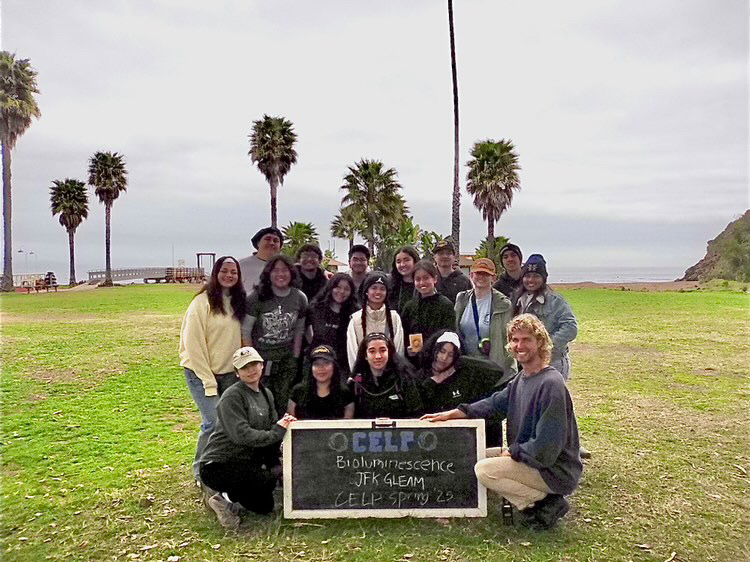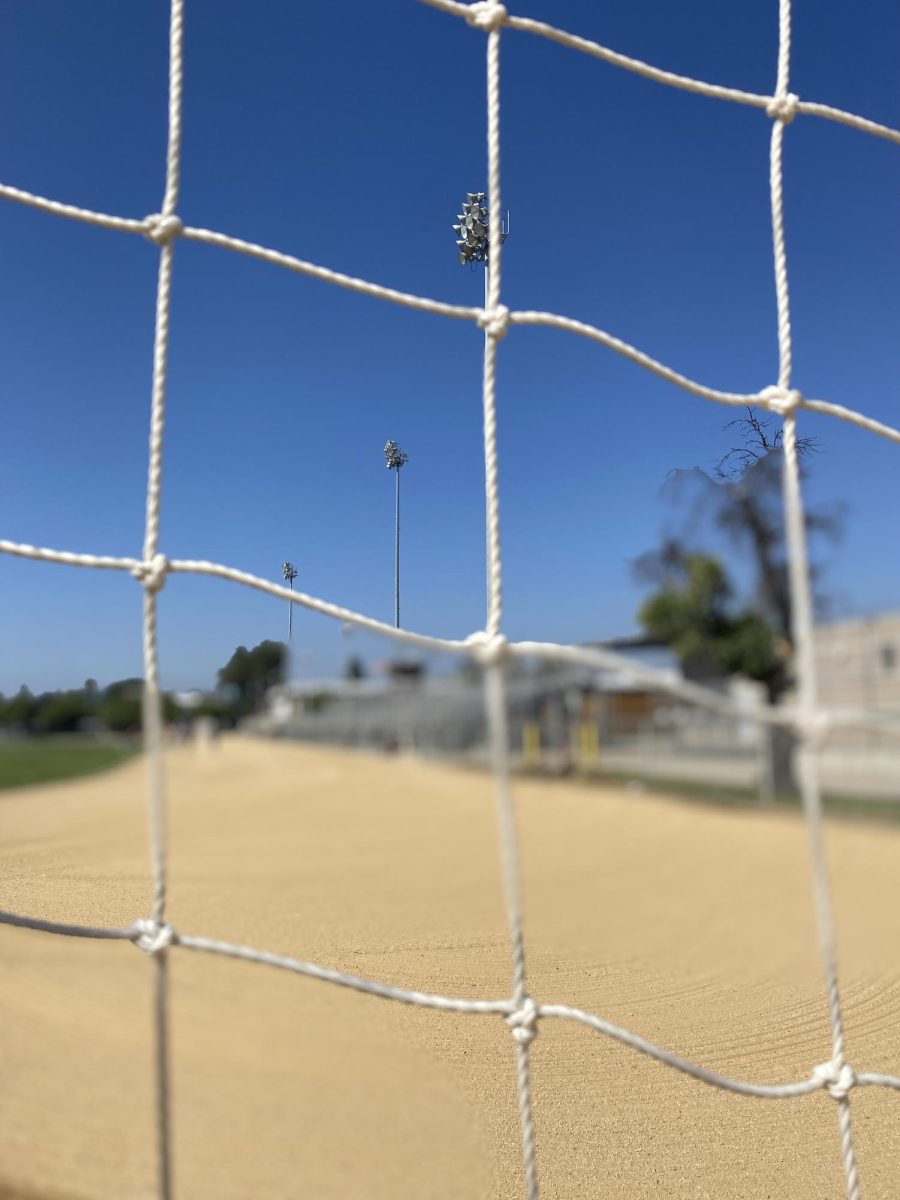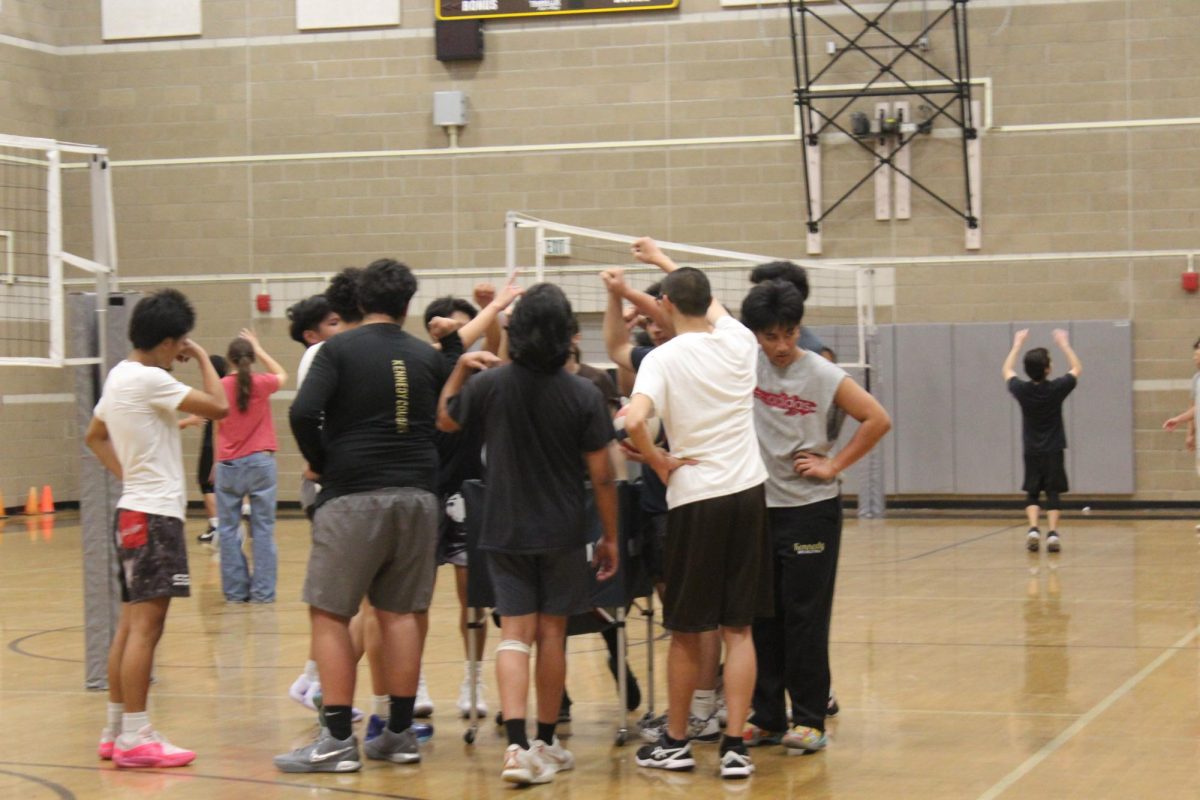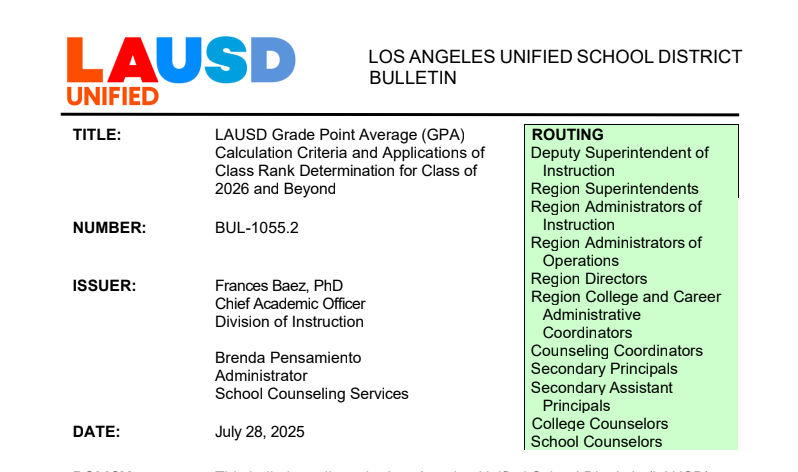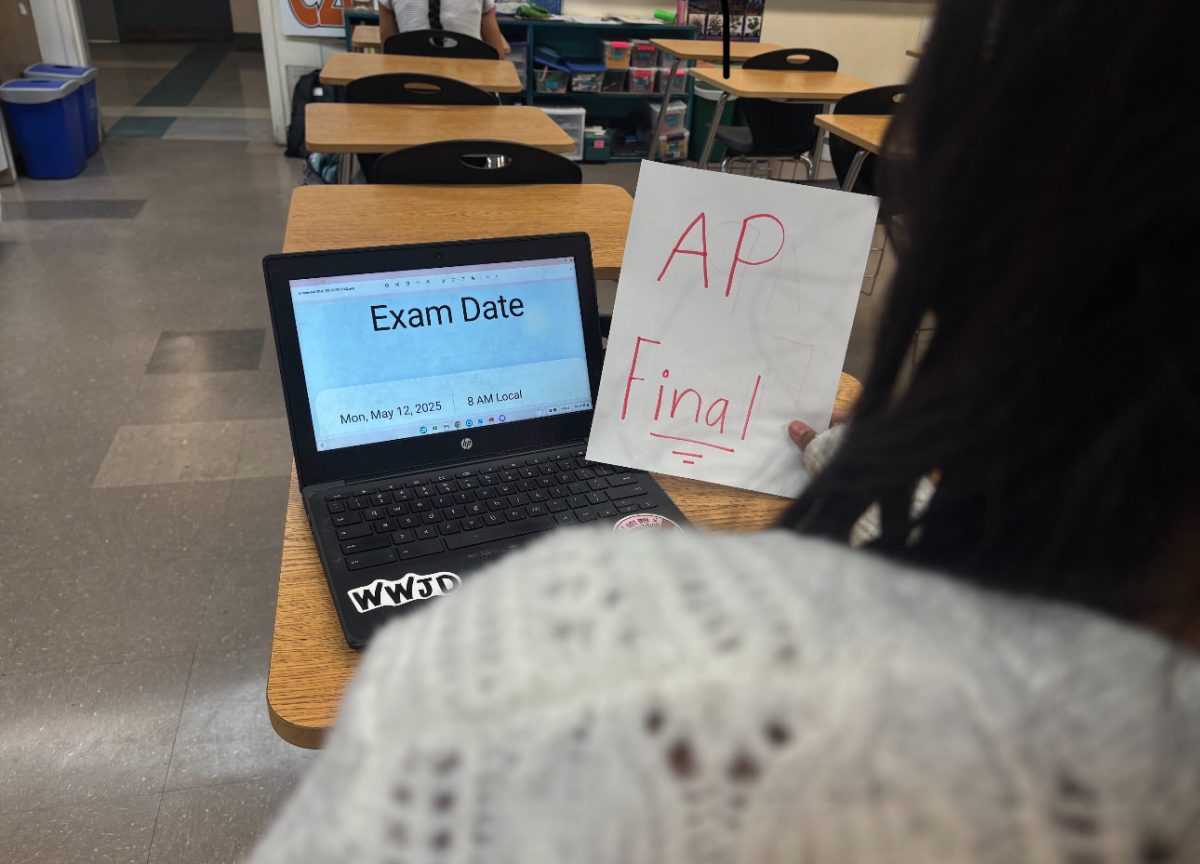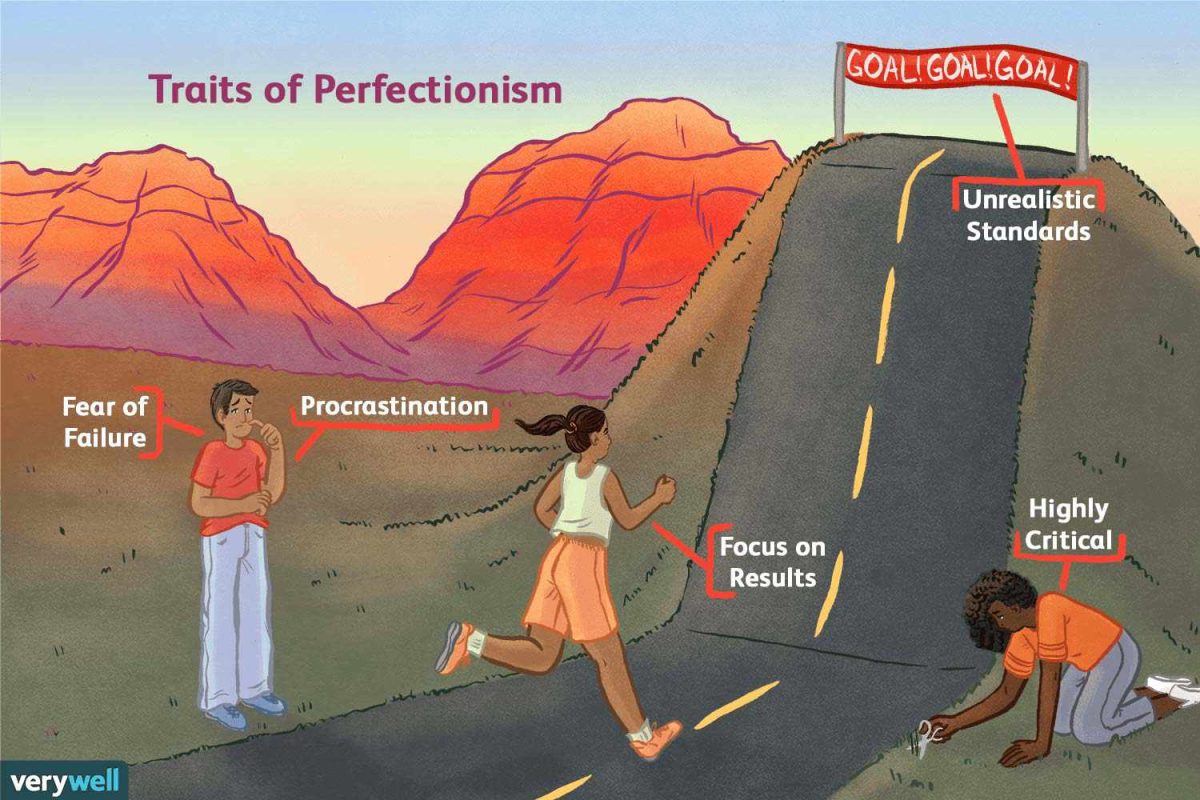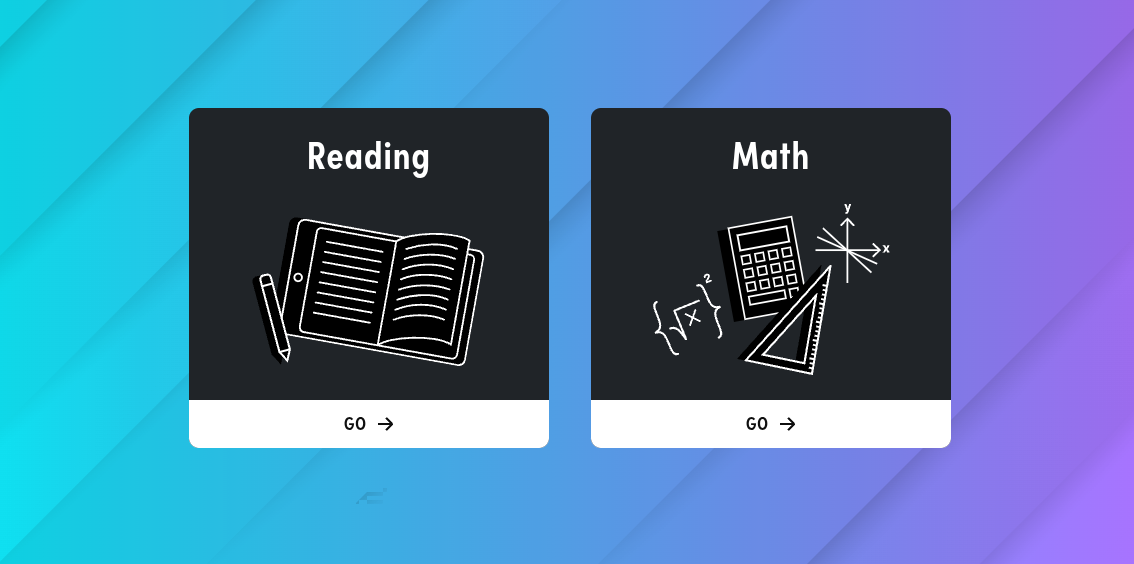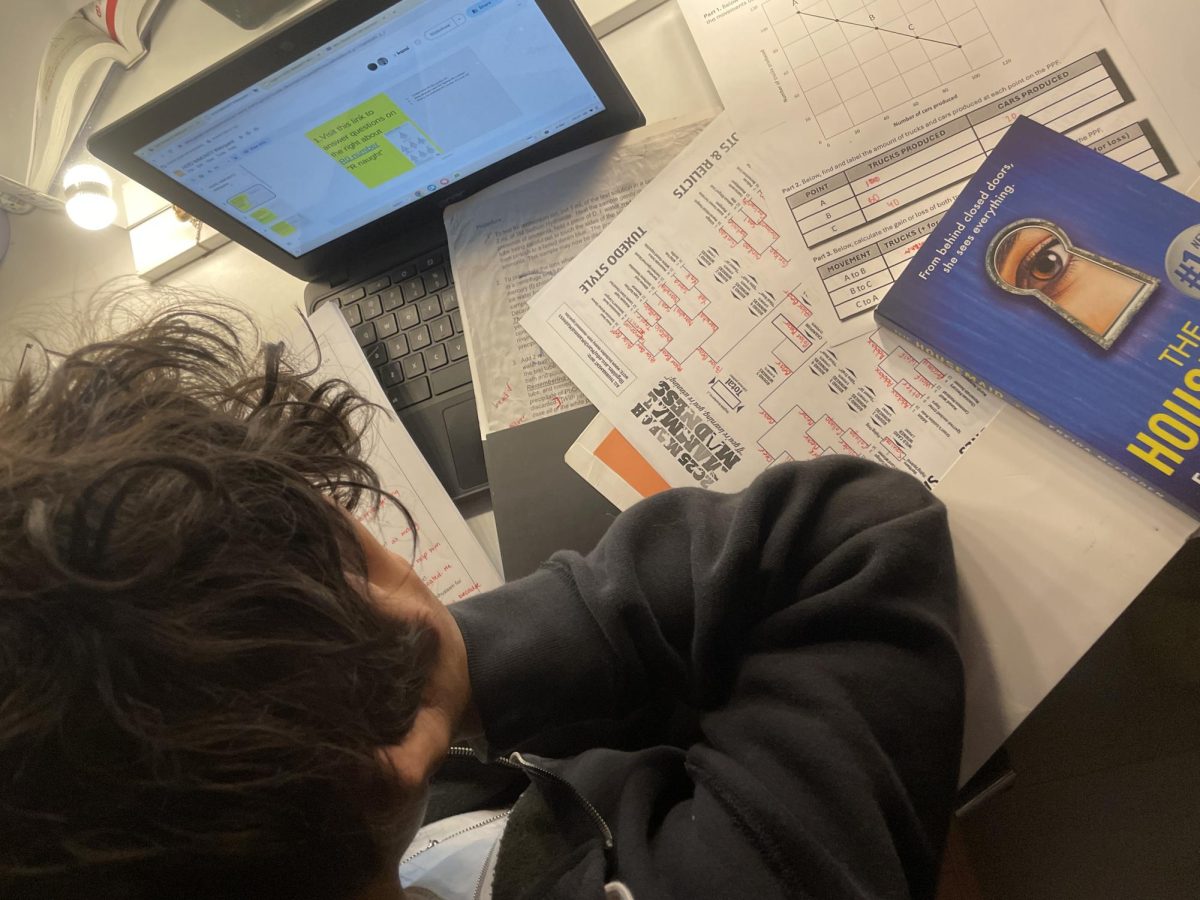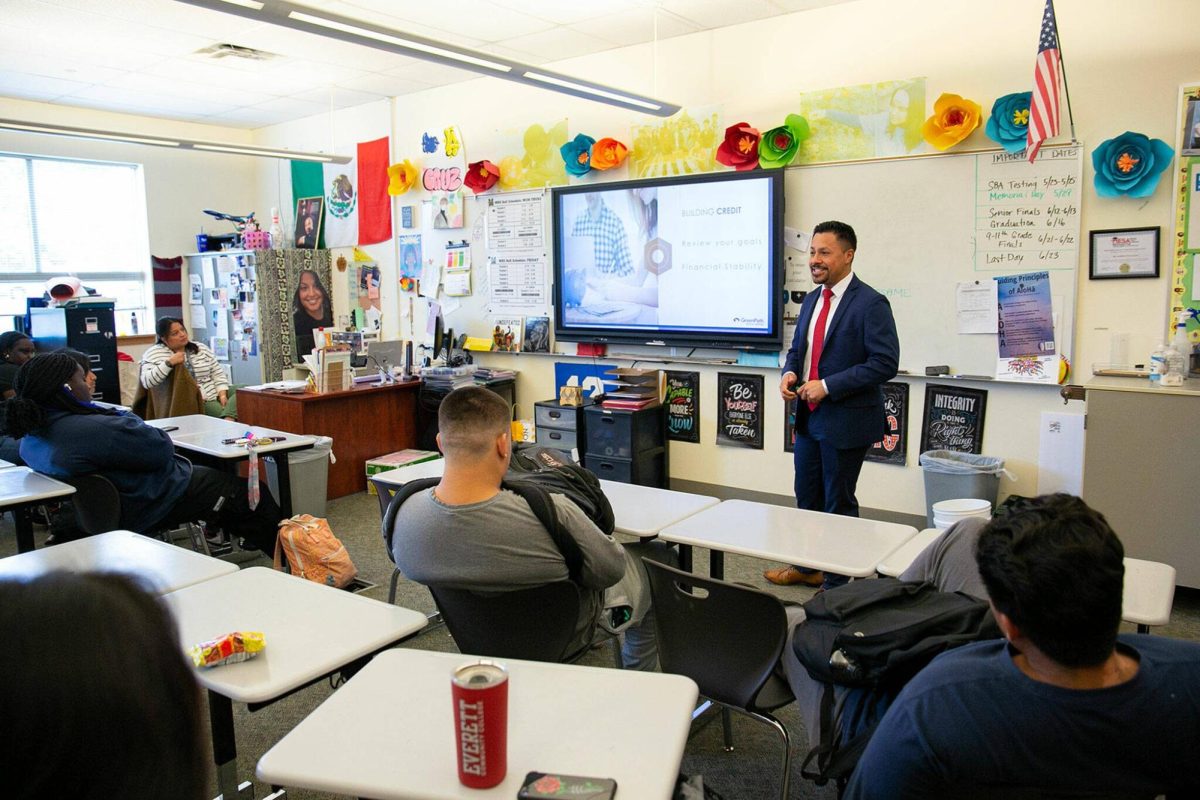There has been a permanent change from Renaissance STAR testing to i-Ready testing at the beginning of 2023’s academic year throughout Los Angeles Unified School District schools because they needed a more accurate picture, regarding where students were at academically and to get a stronger idea on student strength and weaknesses in specific areas such as reading comprehension.
Nathalie Caballero, a senior at Kennedy, stated, “I preferred the Renaissance test because the i-Ready test is so long and draining. But, overall I feel that both testing applications are not very accurate and both fail to do a good job of seeing where students are at, academically.”
While the Renaissance STAR testing is scaled on a score out of 1400, the i-Ready testing is scaled on a score out of 800. Though the STAR scale leaves more room for students to vary in skill level, there were overall a lot less questions. STAR tests consist of about 35 to 40 questions while i-Ready tests comprise of about 60 to 90 questions.
Though this can be seen as a huge positive, giving students the opportunity to have their skills analyzed at a scrutinizing level, it can also be a reason that students try less and care less in regards to their score. That amount of questions can be mentally fatiguing, leading students to stop caring towards the end of their test and to start answering randomly.
Christopher Ireland, the data coordinator at Kennedy stated, “The i-Ready is a longer assessment and has no time limit. The STAR assessments were much shorter, and each question was timed. When questions are timed, an extra layer of anxiety is introduced, which can potentially skew test results.”
Ireland stated that additionally, by taking the i-Ready tests, students have more opportunities throughout the school year on longer tests to prove their level of understanding and knowledge.
In an act to encourage students to maintain their efforts throughout the course of the test, Kennedy has created a “i-Ready Wall of Fame.” One of the main issues is due to the fact that few students even knew about this wall and to many, getting a printed certificate of congratulations is not enough to be pushed to actually improve test scores throughout the year. In addition, while this act can be highly encouraging for students that are able to make it to the i-Ready Wall of Fame to try their best, it can be extremely discouraging for students who are not able to. It is just another reason for students to feel that there is no point in trying because even if they did, their name would not be written out on the i-Ready Wall of Fame.
Emma Kamel, a senior at Kennedy, stated, “I feel that the tests given by i-Ready get tiring because of how long they are. I prefer the length of the Renaissance testing compared to the i-Ready tests.”
The main complaint that many students are having, in regards to the testing change, is how long the test is. It takes hours to complete and with a progress bar inching one percent at a time, students are not able to foresee how many questions that they have left. This distortion of test length can cause uncertainty due to its endless nature and to top it off, the new “lock down” feature of the i-Ready testing hides the time which only amplifies the test length and correlated testing fatigue.
Ireland stated, “Both tests are computer adaptive, but because the i-Ready diagnostics are much lengthier (and thorough), the assessments results should provide more validity than a short assessment.”
The National Library of Health states that while having a break throughout a test every 30 to 40 minutes is highly effective, taking a break on an average of every other house, as it is in the iReady test, then there is no point in even taking the break as it is found to have no effect, positive or negative. Thus the balloon breaks where students practice breathing exercises are not effective because of the increments of time that they occur. If these breathing exercises occurred more frequently throughout the test, students may be less likely to be prone to test-taking exhaustion.


